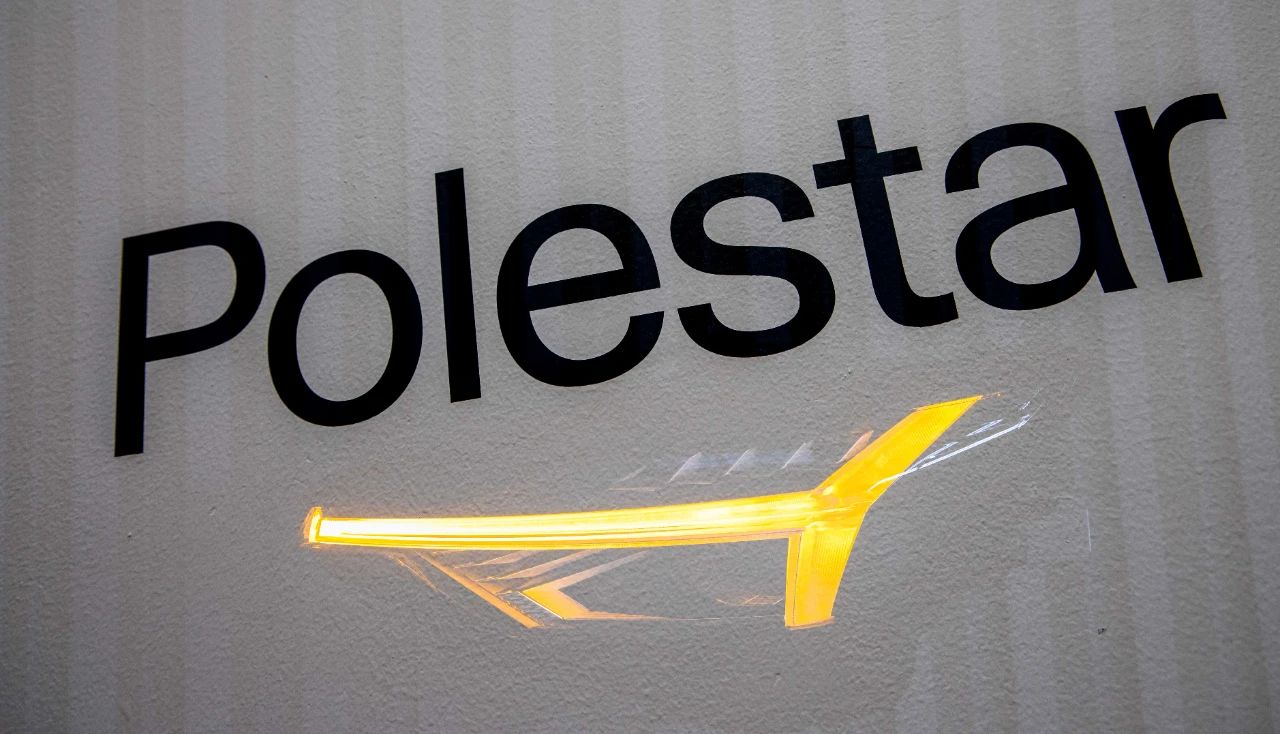Author: Chang Yan
When it comes to the path of art, I sometimes look into the distance, but life keeps going on.
Therefore, when it comes to visiting art galleries, I naturally long for it and show great respect for it.

In Beijing’s X Art Museum, two exhibitions are currently being held simultaneously: “Between the Subtle and the Profound” on the second floor and “Fragmentation of the Other” on the first floor.
You can understand the exhibition concept of “Between the Subtle and the Profound” just by taking a peek at the exhibits: the paintings and sculptures here are particularly small and delicate, leaving many blank spaces in the entire world. In just a few exhibition halls, you can see that the depth and beauty of art do not need a huge volume to be displayed. As long as you see the essence and core, you can comprehend the whole world between your fingertips.
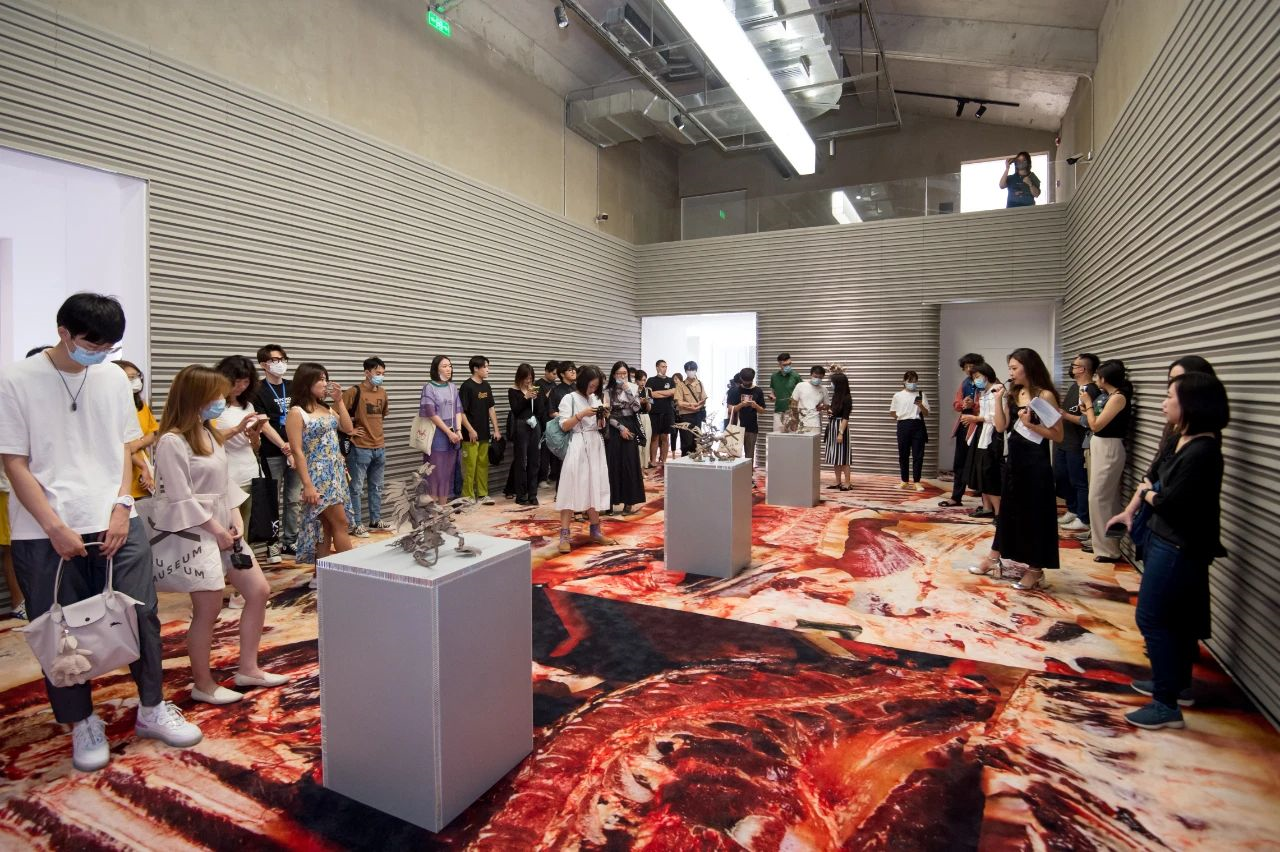
So, I stood on the glass corridor on the second floor of the art museum and leaned over. What I felt was a mixture of emotion and burning sensation.
The audience is flowing around the exhibits. You can see the attraction of the artworks to them and the emotion generated after they collided with beauty. On the other hand, you can also perceive their guesses about the artist’s concept from their fleeting incomprehension and melancholy, and feel the burning sensation caused by the unknown on human cognition.
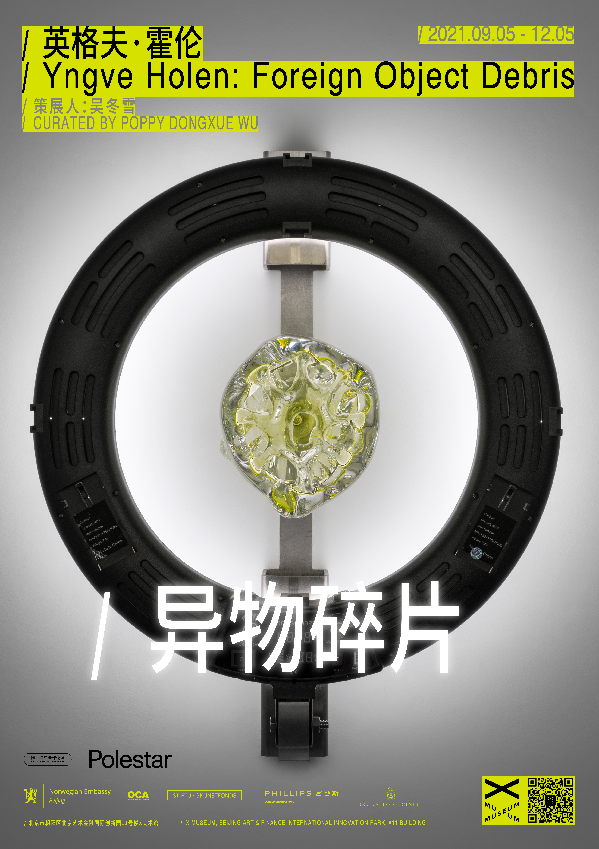
This may be a replica of the theme that Engelbert Holler’s “Fragmentation of the Other” exhibition wants to express.
For a professional in the automotive media industry, this exhibition is both the most friendly and the least friendly.
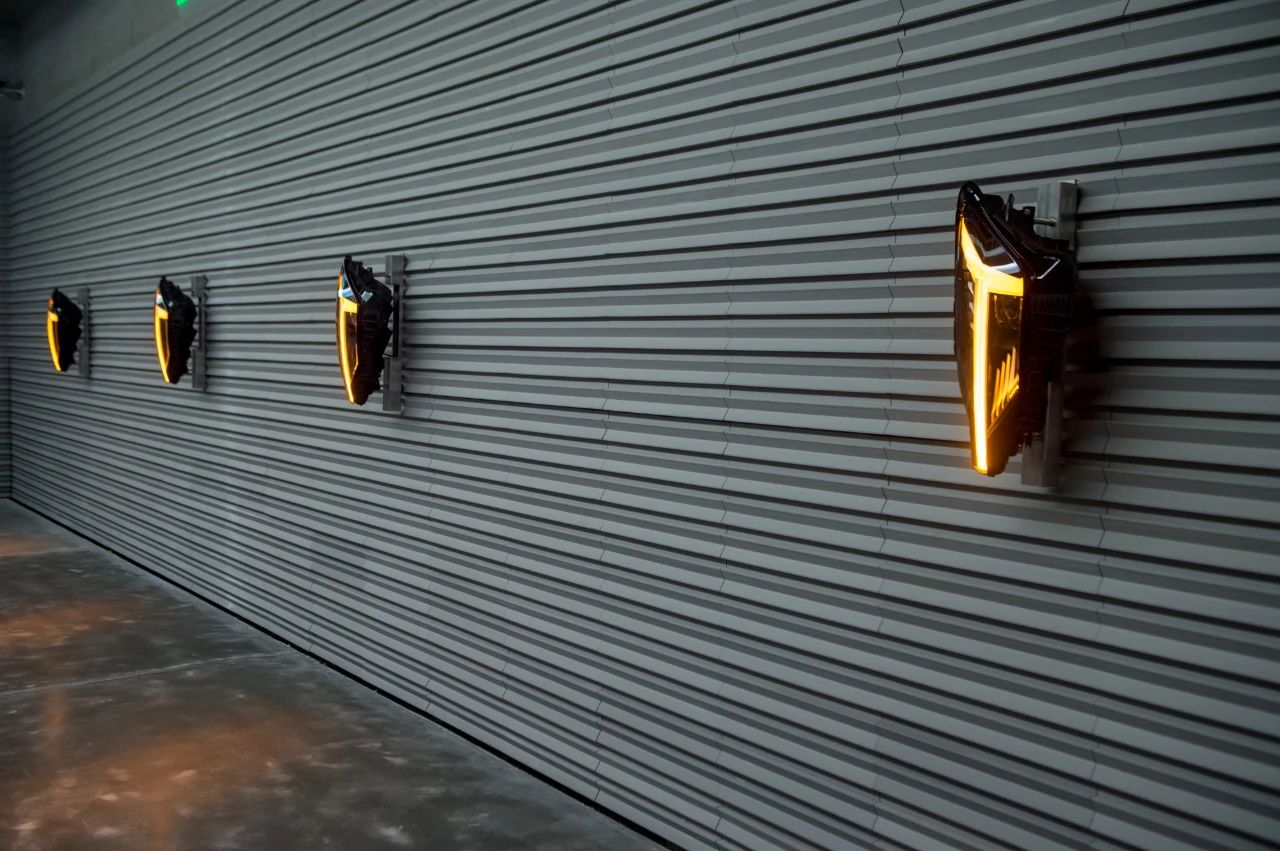
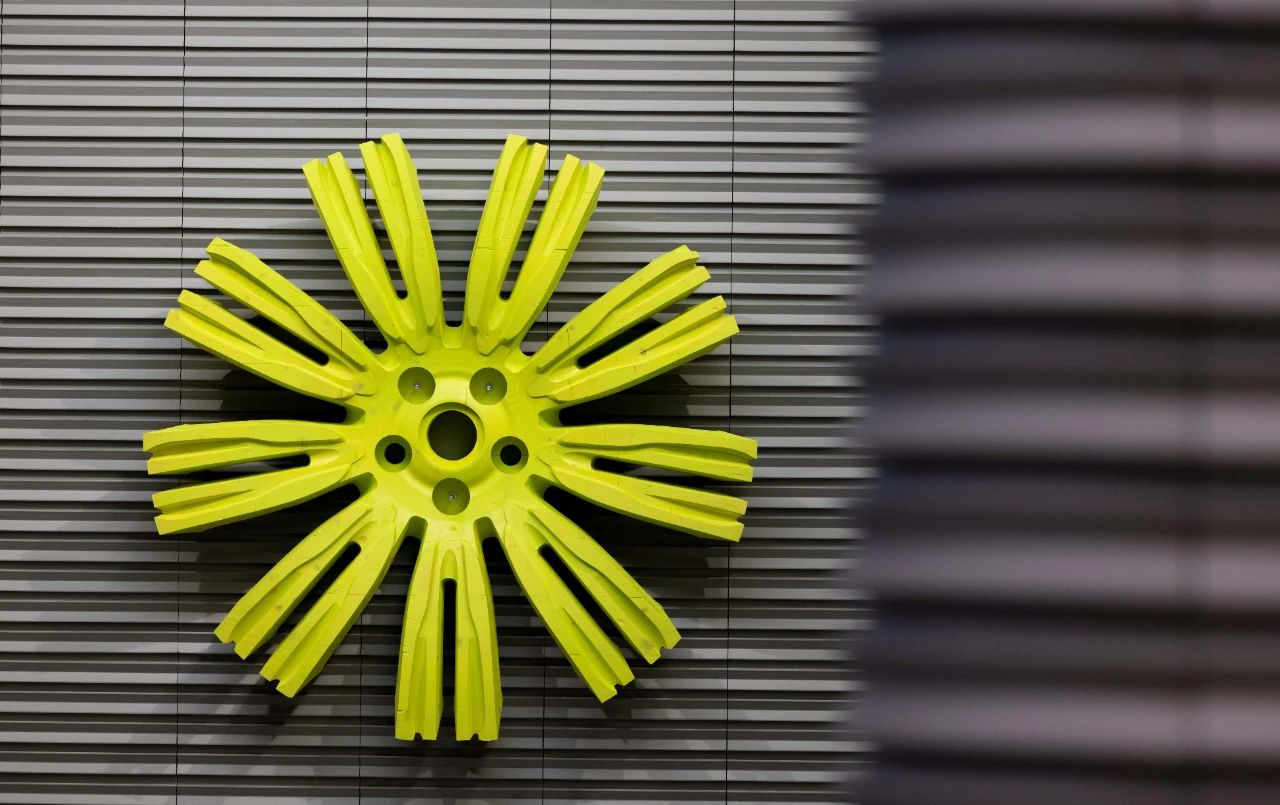
Friendly because you know where the original prototypes of these exhibits come from without even thinking, such as knowing that the giant object on the wall is an SUV wheel hub, and you’ll naturally think of the giant arm in the car factory when the curator recites the “KUKA robot is an artificial intelligence device”. You also know without being told that the lamp assembly named “Heart” on the wall comes from Polestar.
But why is it not friendly? Because it is too familiar, making you unaware of why they are changing and why they are appearing here.# This is the theme of this exhibition.
Humans and machines are blending together, moving beyond binary opposition.
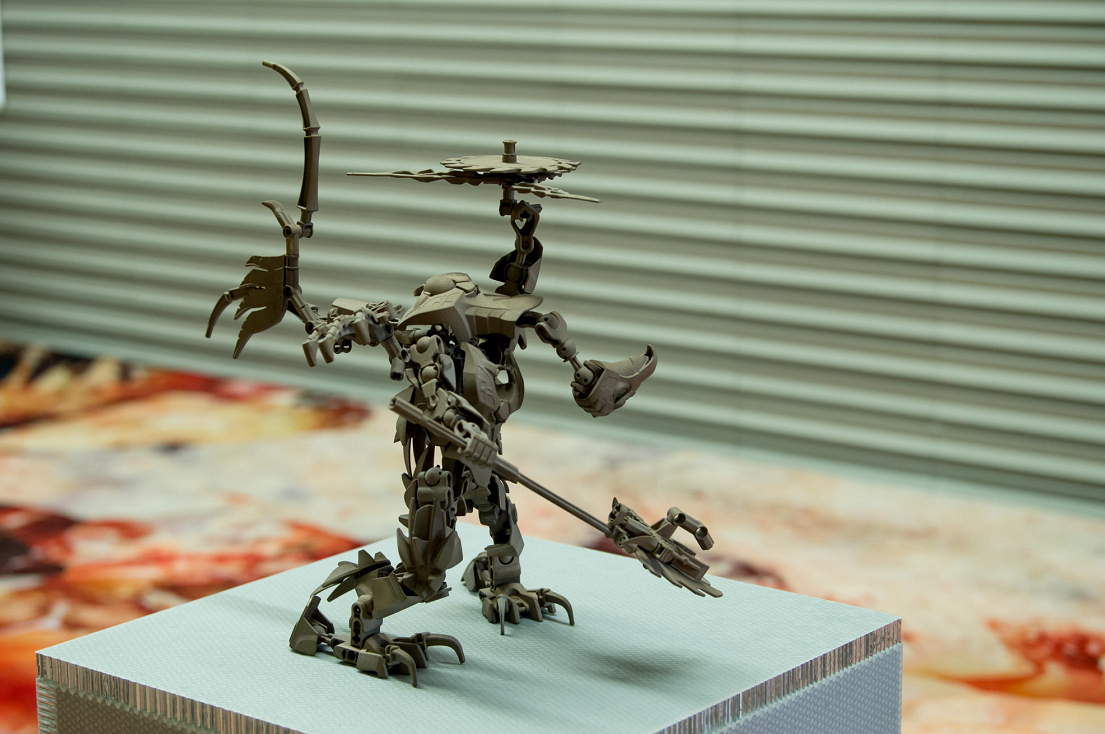
After mechanical components are disassembled and reassembled, they undergo significant changes in form and properties, becoming organic and even human-like entities.
And as they look at us through their “eyes,” when volume and ownership are in conflict, aren’t we also outsiders in the mechanical world?
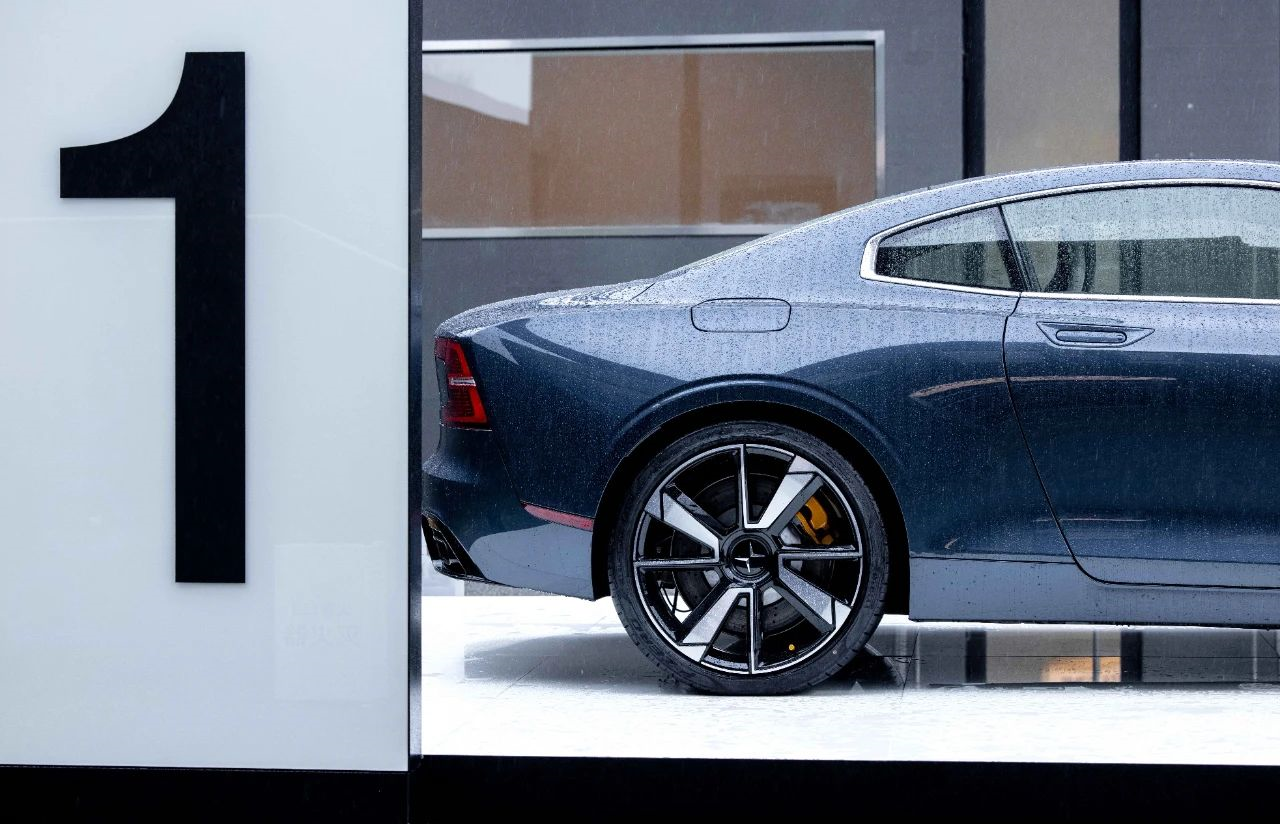
As you walk out of the exhibition hall in a daze, you’ll come across a Polestar 1.
You can also see these same contradictions in this car.
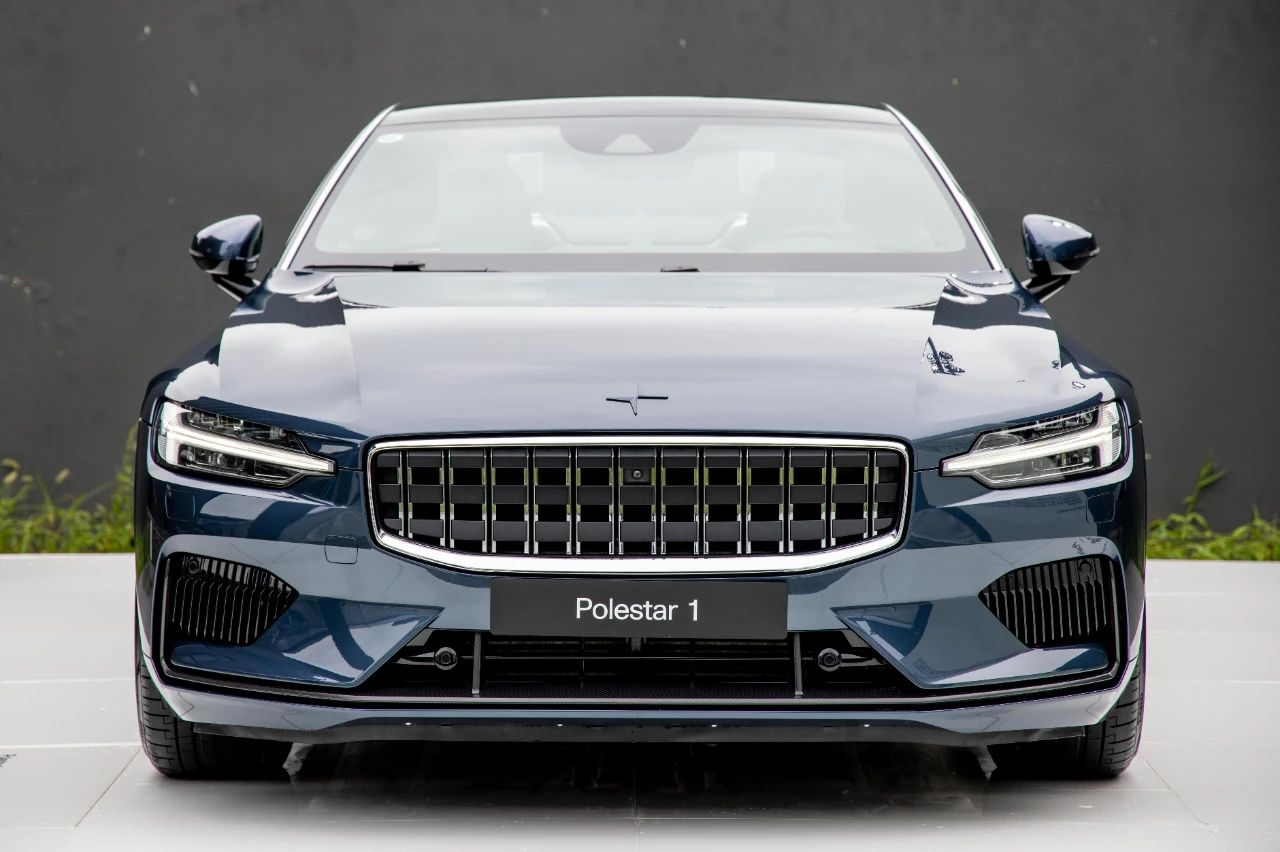
The expansion of travel ranges that humans cannot resist is erasing the traditional concept of “nature,” and the blurring of the boundaries between humans and nature is reflected in the materials and sustainability of Polestar.
Making cars for nature is a kind of inspiration.
But how can we make cars naturally? It’s a burning question.
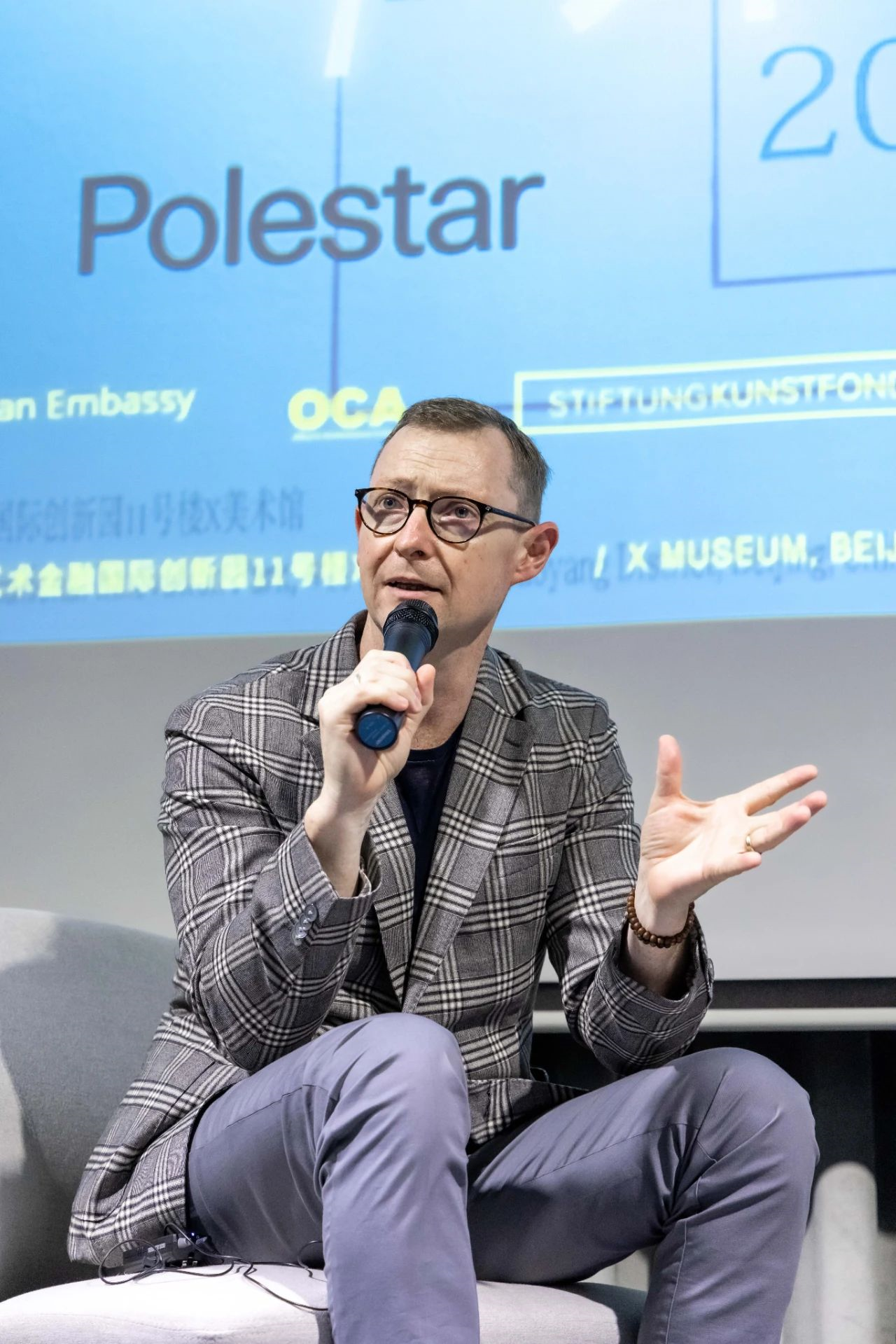
Okay, now let’s hand over the microphone to our old friend, Nathan Forshaw, President of Polestar China and Asia Pacific.
Media (NetEase): First, let’s start with the art exhibition. Nathan, what message does Polestar want to convey through this exhibition? And which piece is your personal favorite?
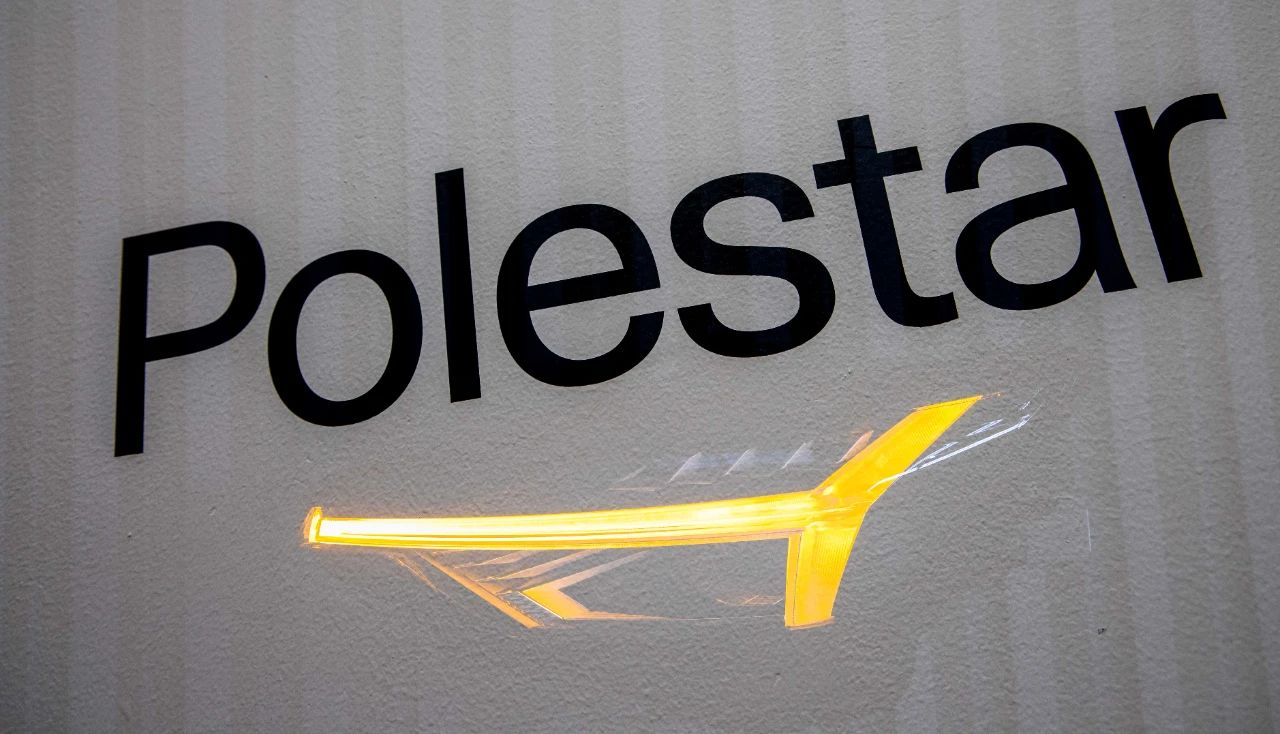
Nathan Forshaw: As a Swedish high-performance electric car brand, Polestar wants to break the rules, break tradition, and lead the entire electric car industry in a new direction based on purity and high performance. Moreover, sustainability is another DNA of our brand. Polestar is also a design-driven brand, and that is some of the information we want to convey through this art exhibition.
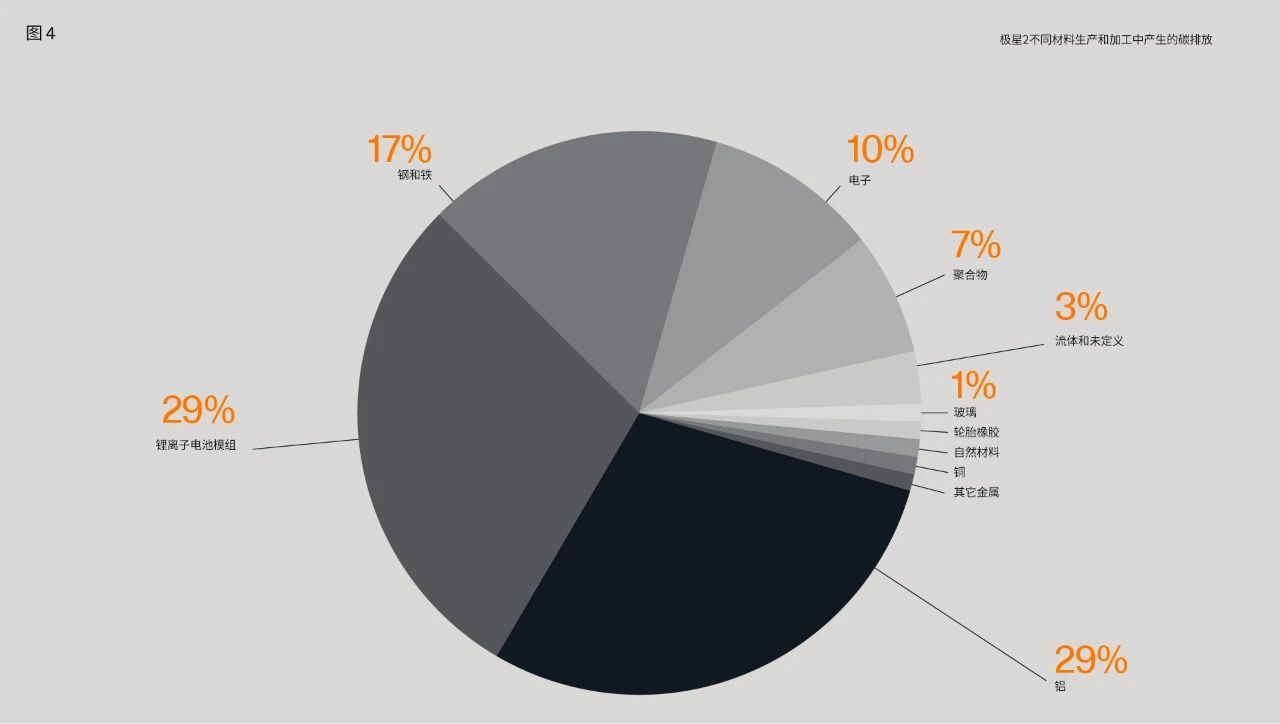 We also want to share with you our pursuit of sustainable development that is not widely known, including publishing the LCA report on full lifecycle carbon emissions. We have already released version 2.0 of the LCA this year and we hope to achieve greater transparency in the entire industry, not only for our customers, but also for achieving the goal of carbon neutrality across the industry.
We also want to share with you our pursuit of sustainable development that is not widely known, including publishing the LCA report on full lifecycle carbon emissions. We have already released version 2.0 of the LCA this year and we hope to achieve greater transparency in the entire industry, not only for our customers, but also for achieving the goal of carbon neutrality across the industry.
At the same time, we have proposed the Polestar 0 plan to become the first car manufacturer to produce zero-emission and carbon-neutral cars by 2030, which is a highly challenging project for us. It requires us not only to approach it from a design perspective but also to reduce carbon emissions throughout the entire supply chain.
Polestar is committed to changing our earth’s environment, on which we depend for survival, and hopes to improve the climate of the future. Therefore, we hope to find like-minded partners with the same pursuit of goals in various fields. This is also why we are deeply attracted to the HOLEN and X art museum.
The X art museum supports young artists from China and around the world, providing them with a platform to better explore their potential, while Mr. HOLEN’s own artistic creations, especially the “Alien Fragment,” demonstrate his use of innovative materials and components that fundamentally embody the interaction of man and technology, consistent with Polestar’s values.
The concept of “alien” is also fully applicable in the automotive field because we all know that cars themselves are a fusion and combination of man and technology. We hope that through this art exhibition, we can achieve new interpretations and better break through conventions, challenging the industry in which we currently exist.
Media (Good Goods): Today’s art exhibition is an expression of artists on the relationship between technology and human culture and will inspire discussions on the future. My question is: What inspiration does today’s exhibition provide for the Polestar brand, such as in the concept of sedans and our social responsibility for sustainability?Nathan Falasha: Through this art exhibition, we can appreciate the works of many artists, and we can also see many excellent personal qualities of the artists themselves. We should examine the same object in different backgrounds, and even outside the environment in which it normally exists. As the theme of today’s exhibition suggests, foreign object fragments actually tell us that we need to look at things and problems with a common perspective, and this kind of thinking of changing perspectives is not limited to the design field, but more in our lives, in any different work, and you will find more opportunities.
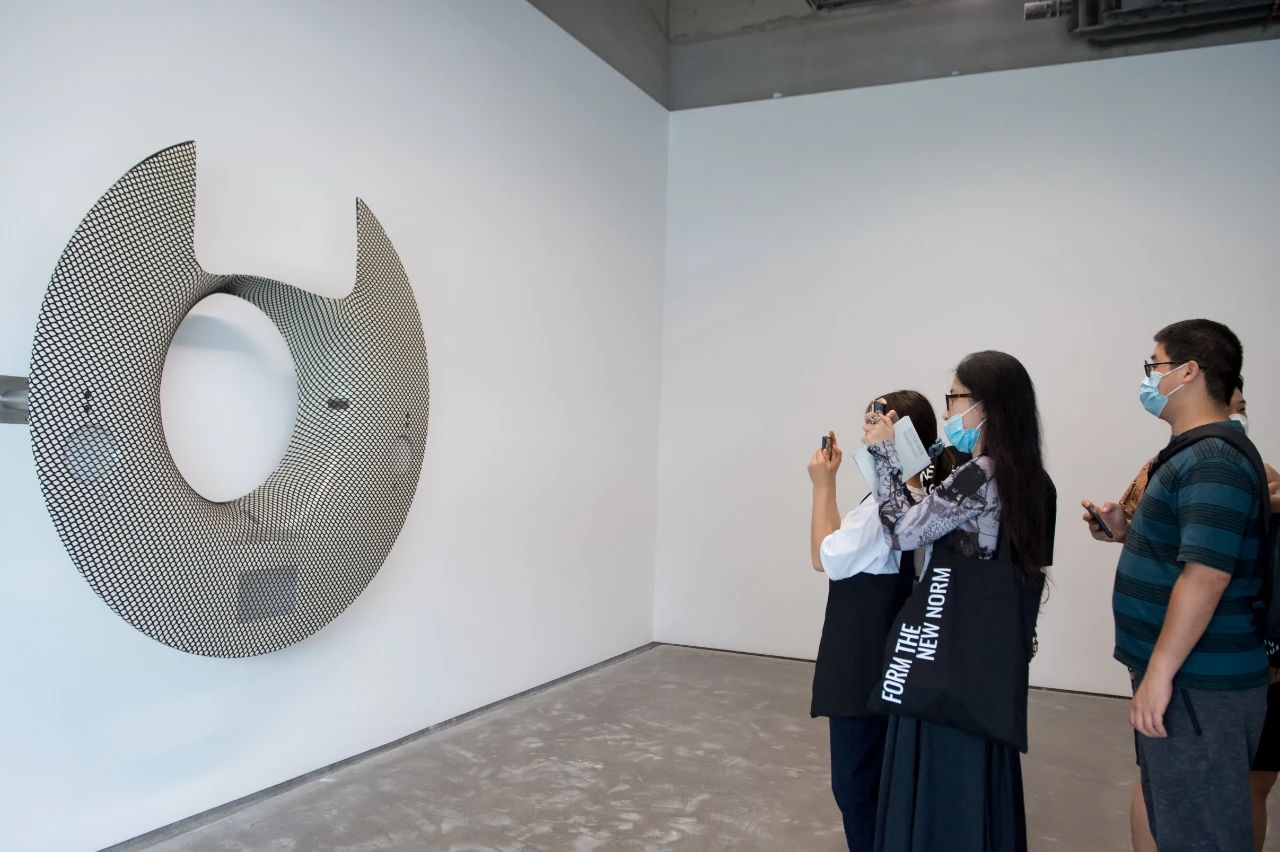
At Polestar, we believe that undertaking social responsibility is crucial for any enterprise, and this is an important step towards realizing brand ideals. Because we are committed to improving the society on which we depend, purely relying on electrification is far from enough. We believe that in order to achieve sustainable development, a lot of effort has been made in the selection of the entire material. Another point is the release of the life cycle assessment report we mentioned earlier, which once again proves the great efforts Polestar has made in improving corporate transparency.
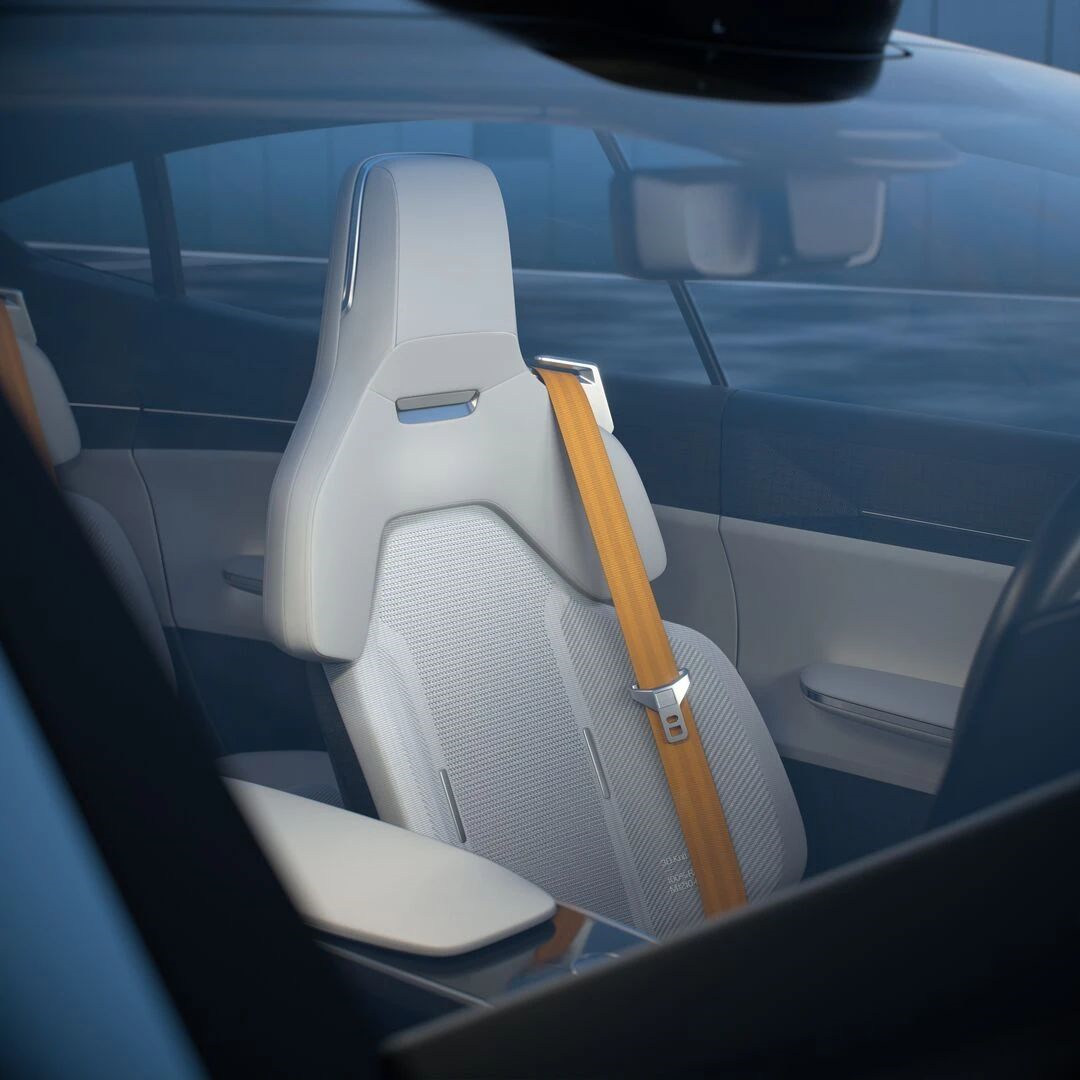
As a design-driven brand, we hope to produce carbon-neutral cars by 2030. In fact, all these efforts start from the design stage. Although many processes rely on high-end technical means, whether carbon neutrality can be truly achieved has already been decided at the beginning of the design stage, including our specific material choices and specific technical applications. For example, the materials used in Polestar products greatly reduce the proportion of plastics and are more environmentally friendly.
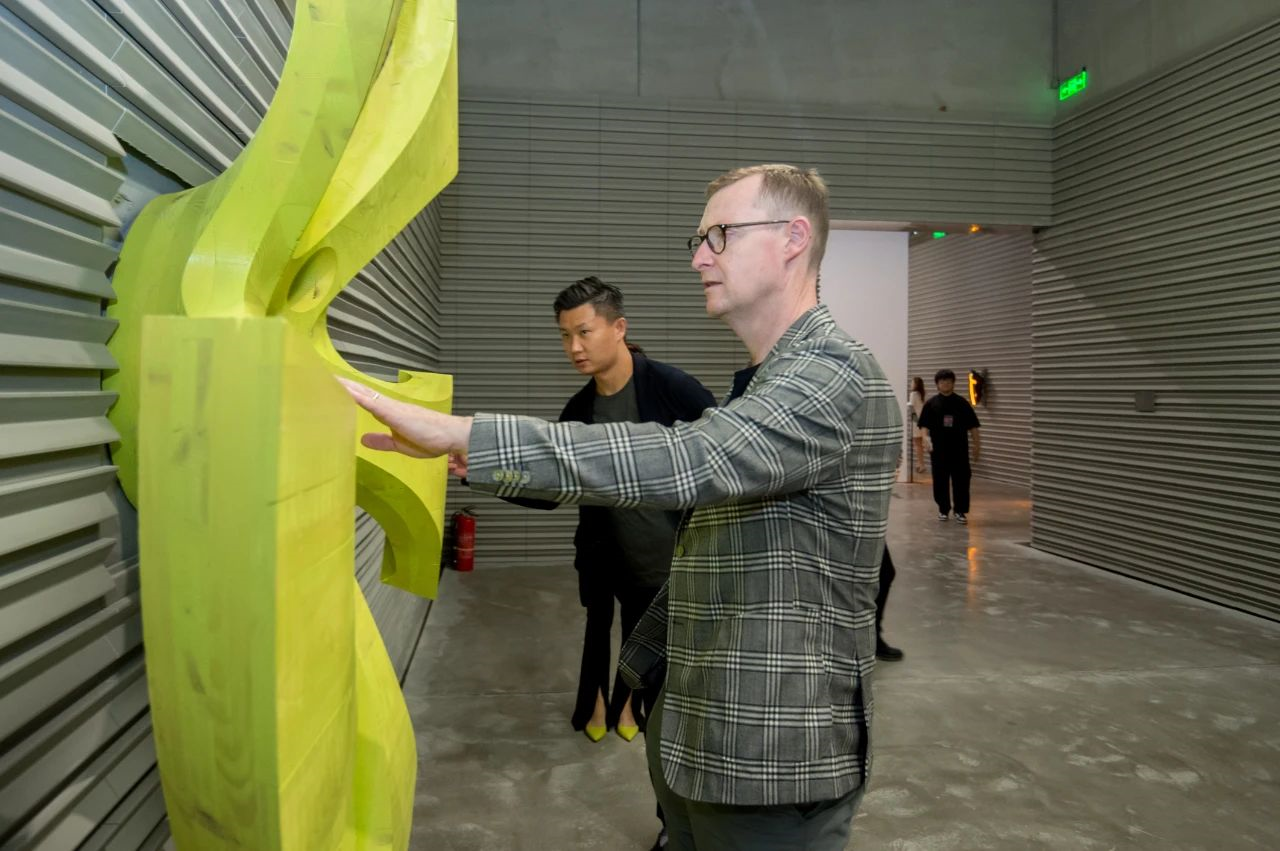
Media (Driving Road): The art exhibition is a grand theme about humans and industrial machinery. I would like to ask, in this large context, how do you view the role and the impact of Polestar in the entire industrial development?
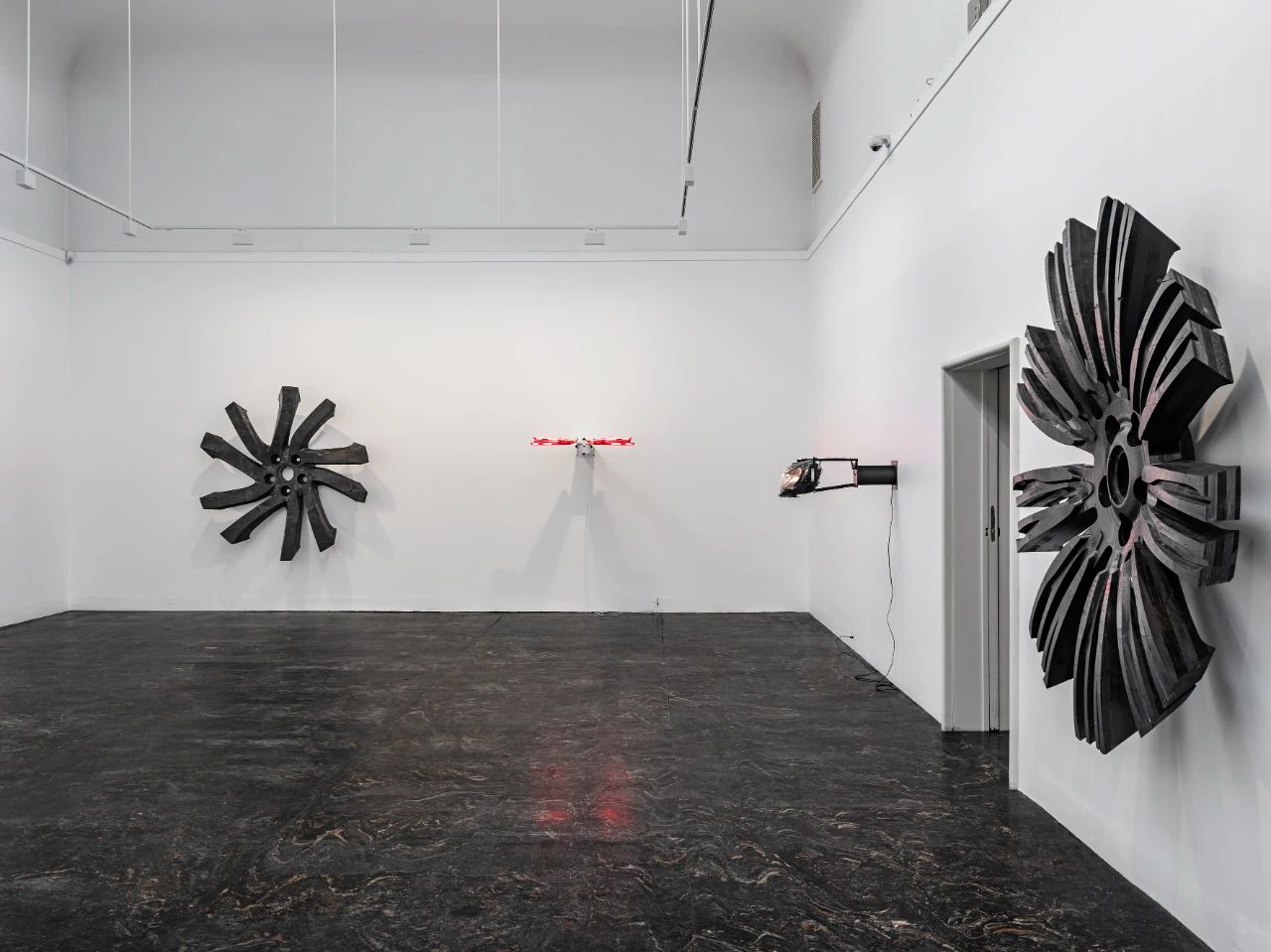
Nathan Falasha: First of all, with the continuous development of technology, people’s understanding of human-machine interaction is constantly deepening. In today’s art exhibition, many of Mr. Hollen’s works are also based on his experience in different industries over the years.For Polestar, our exploration of human-machine interaction and the relationship between humans and industry is embodied in providing users with a seamless, smooth and natural human-machine interaction experience. The invention of the car itself is an exemplary case of human-machine interaction, which truly realizes the visible and tangible communication between humans and machines. With the advent of autonomous driving technology and advanced driver assistance systems (ADAS), we are constantly striving to make interactions more effective and safer.
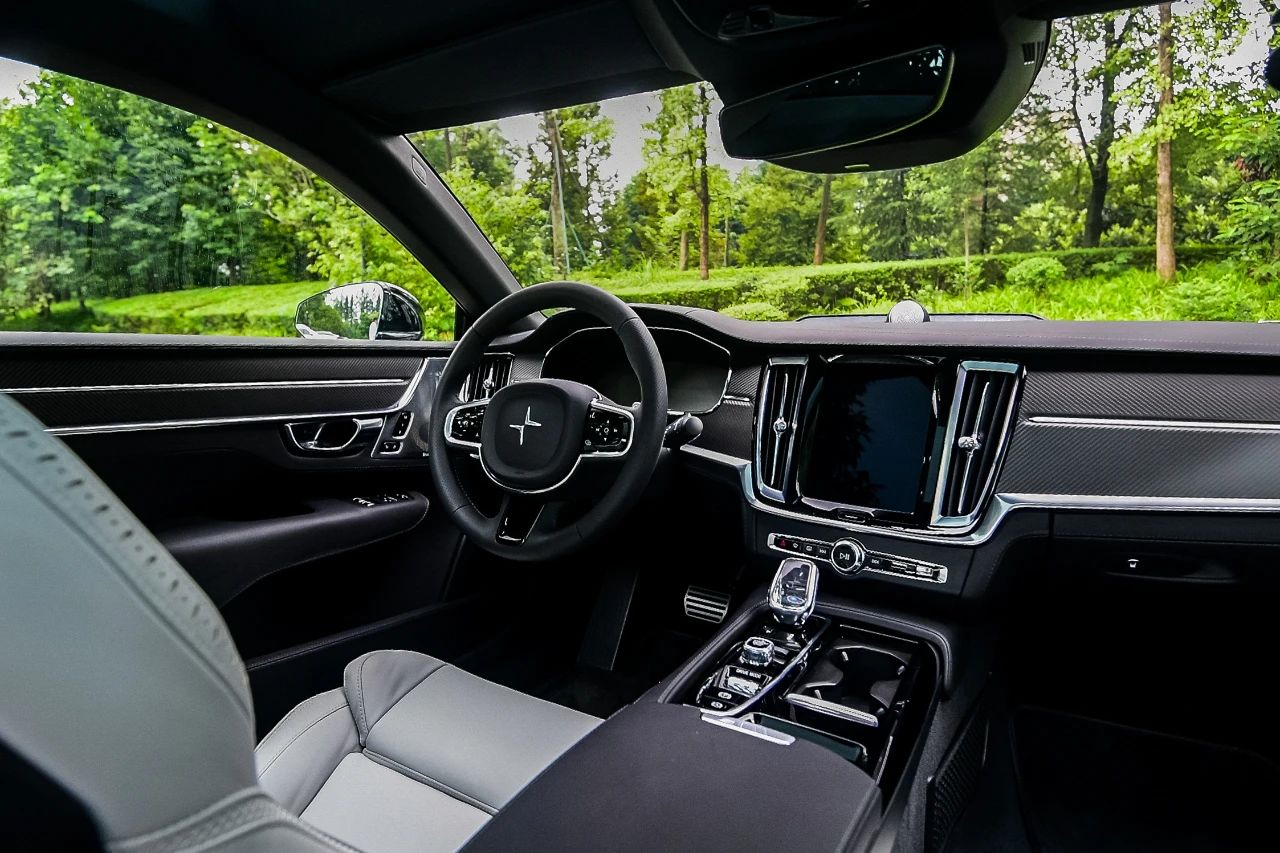
Polestar is constantly committed to software development, realizing a seamless interactive approach. One of the ways is accomplished through our voice recognition system. Voice recognition is not only a means of instructing a vehicle, but more importantly, it is intended to create a very natural form of communication.
During the driving process, giving instructions to a vehicle through voice is inherently safer. We also hope to retain the joy of driving and not simply simplify the whole process while achieving a higher level of development in human-machine interaction. With Polestar’s racing genes and high-performance electric vehicle brand, we hope to provide our customers with unparalleled driving pleasure.
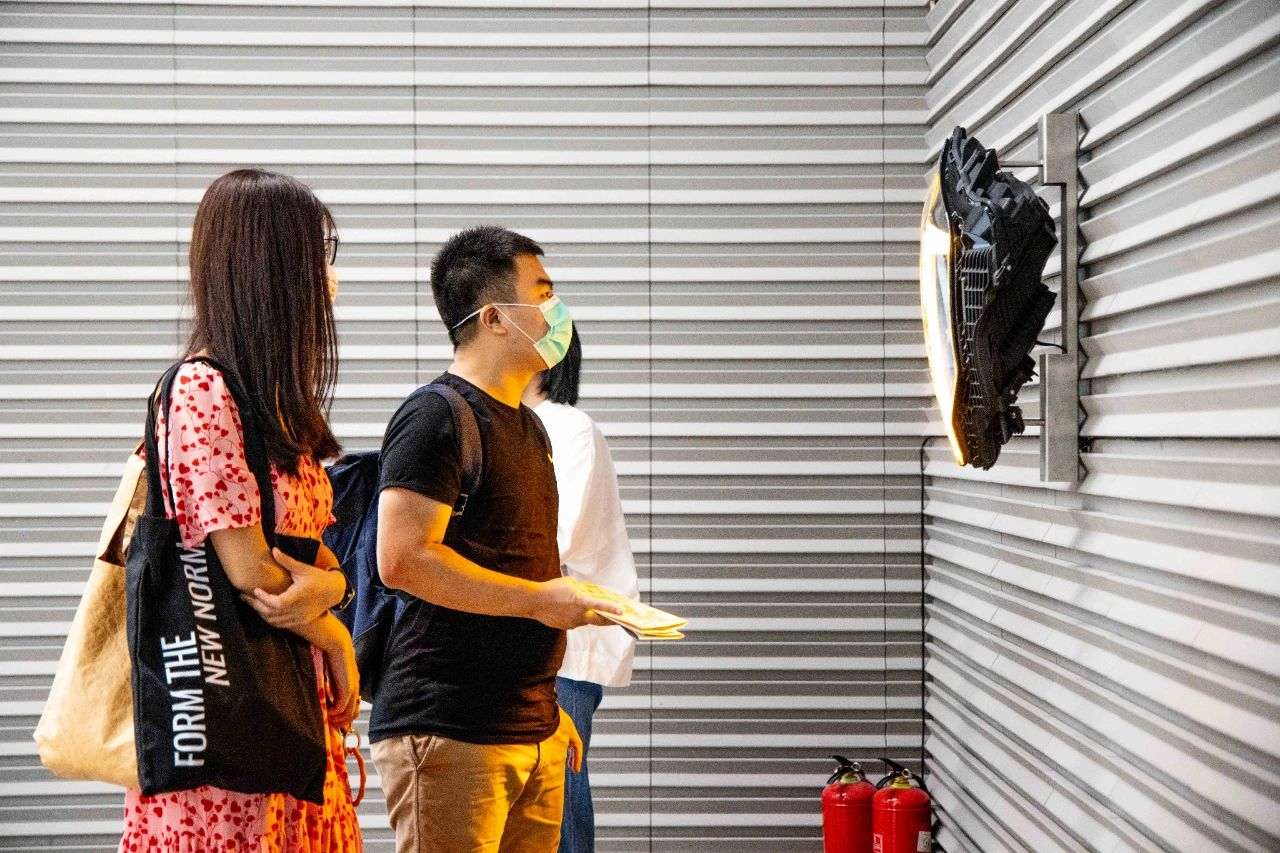
The media (Supercharging station): Mr. Nathan has been emphasizing the use of innovative materials and technologies, in the upcoming Polestar 3 model, will we see some related changes in materials or design? Can you reveal any details in advance?
Secondly, through this art exhibition, Polestar is also emphasizing the creation of its avant-garde image. I am curious as to whether there will be similar attempts and initiatives in the future, and how to view the impact of these measures on market performance? The last question comes from user feedback. Currently, the main selling models of Polestar are dominated by stable colors, but Chinese consumers actually prefer relatively bright and vibrant colors. Will Polestar cooperate with designers to create more design options in the future?
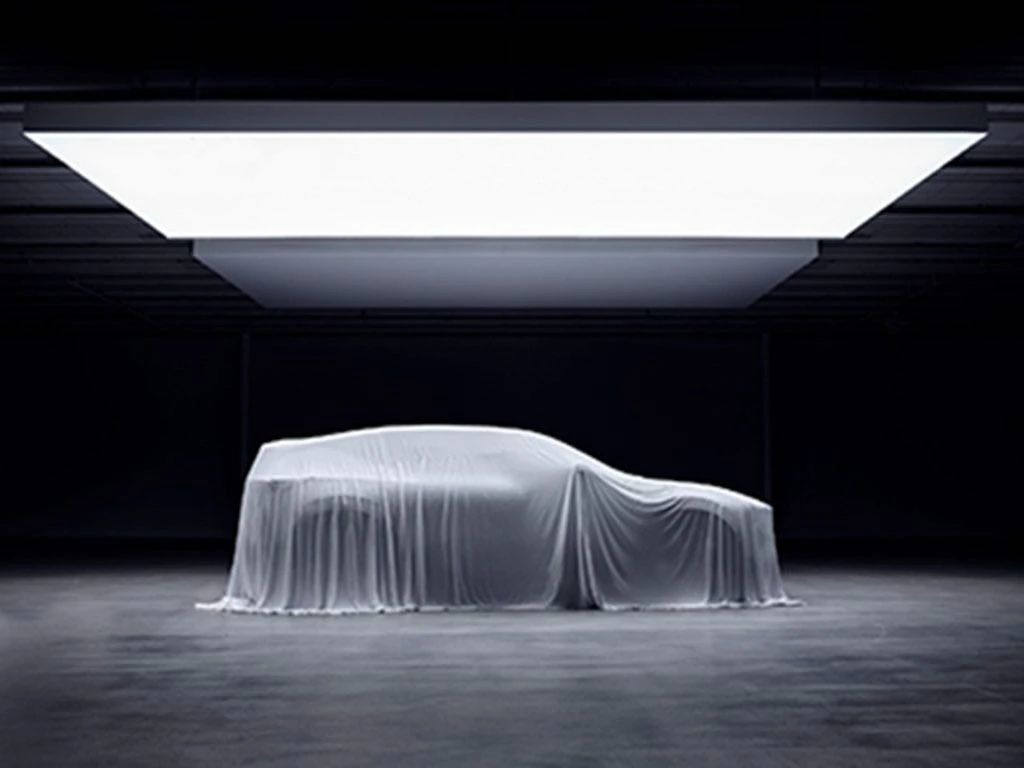 Nathan Fisker: I really want to share these details with everyone, but the relevant information is currently in a confidential stage, so it is not very convenient to disclose. From the media images of Polestar 3, which you may have seen, you can feel that it is a large SUV with a sporty design, retaining the iconic features of Polestar, and using innovative and environmentally friendly materials. However, it will have to wait until next year to reveal more details. Overall, this is a highly anticipated model.
Nathan Fisker: I really want to share these details with everyone, but the relevant information is currently in a confidential stage, so it is not very convenient to disclose. From the media images of Polestar 3, which you may have seen, you can feel that it is a large SUV with a sporty design, retaining the iconic features of Polestar, and using innovative and environmentally friendly materials. However, it will have to wait until next year to reveal more details. Overall, this is a highly anticipated model.
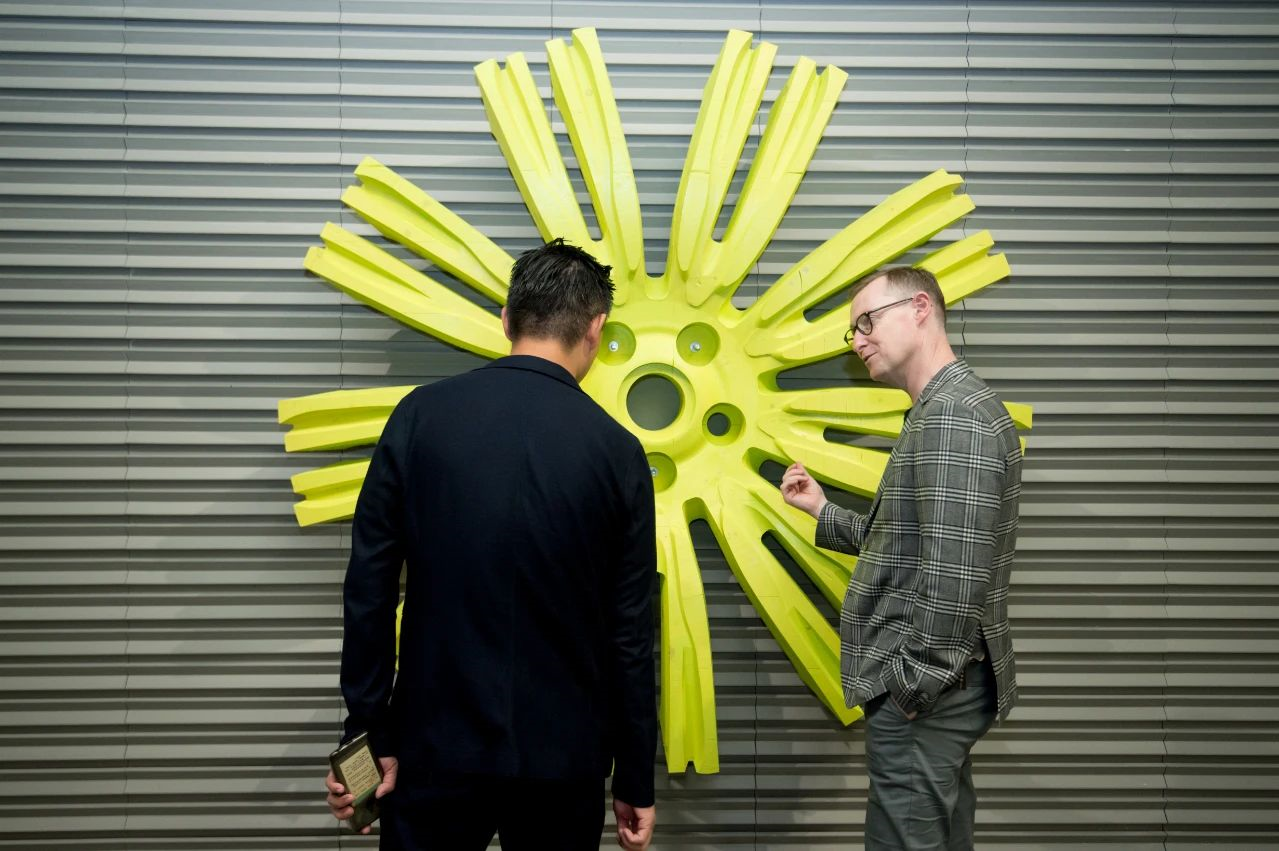
I fully agree with what you said. Polestar hopes to strengthen our image as a pioneer or leader in many activities. We hope that the concept of Polestar can lead the entire industry, such as the Polestar 0 plan mentioned earlier. It can be seen that the climate crisis has now become a global problem, and we realize that this is an inevitable and irreversible problem. Therefore, we hope that the entire industry can make a contribution to prevent further damage to the climate caused by human production.
This requires the automobile industry to change the traditional way of car production. Polestar has announced the carbon footprint of the entire production cycle of Polestar 2, which is actually aimed at guiding consumers to make more informed choices. Although all of these practices are currently challenging, we believe that this is a process for us to assume corporate responsibility and establish a good image.
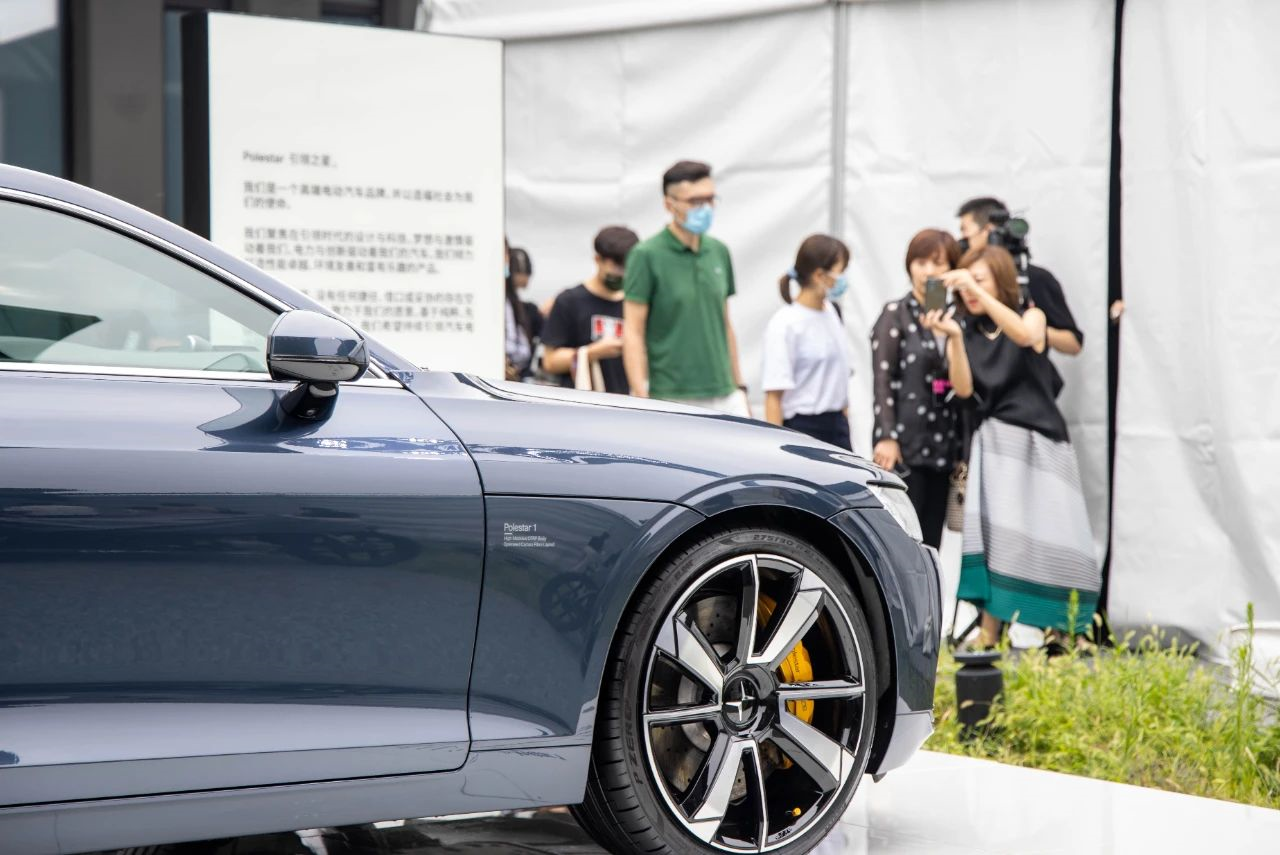
Today’s collaboration with the X Art Museum and Mr. Hollein is based on the pioneering spirit that we also see in them. As a high-performance electric vehicle brand, Polestar is currently on the rise, opening up more markets this year and improving its model matrix. Polestar 3 will be produced in the United States and China simultaneously. Facing the global market, we believe that various activities held by Polestar will definitely make a significant contribution to future sales performance.
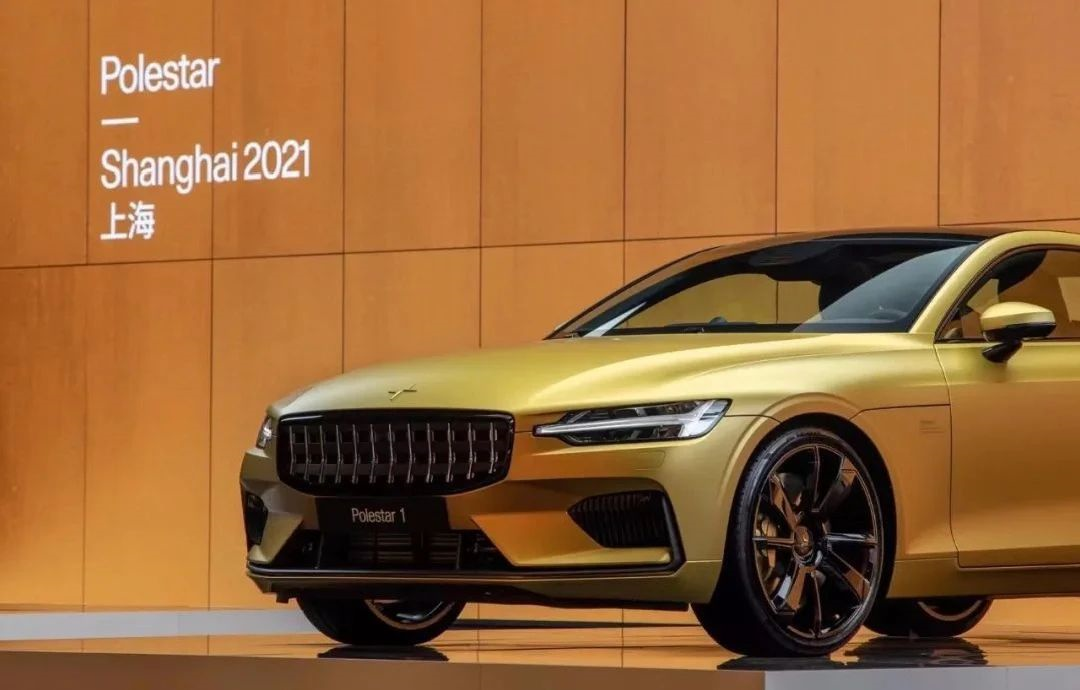
Regarding your third question, the answer is definitely yes. We are currently exploring how to enrich colors and provide more options internally, but the details are still not very convenient to disclose. However, you can see that we have made a very bold attempt on Polestar 1, launching a limited edition in gold, which stands out among many vehicles. We will also fully consider the preferences of Chinese consumers and introduce more colorful combinations outside of minimalist and low-key colors.
Media (NetEase): We know that the Polestar brand has a strong artistic gene, and its CEO, Mr. Thomas, is a graduate of the Royal College of Art and a designer himself.
Polestar has successfully held design contests and has had deep cooperation with many artists and art museums. When choosing artists, art museums or art exhibitions, is there a standard belonging to the Polestar brand? How do we choose? In the future, what new forms of cooperation between Polestar and artists or the art industry can we expect to see? For example, will there be artist-customized car body versions or similar peripherals that can better link with consumers?
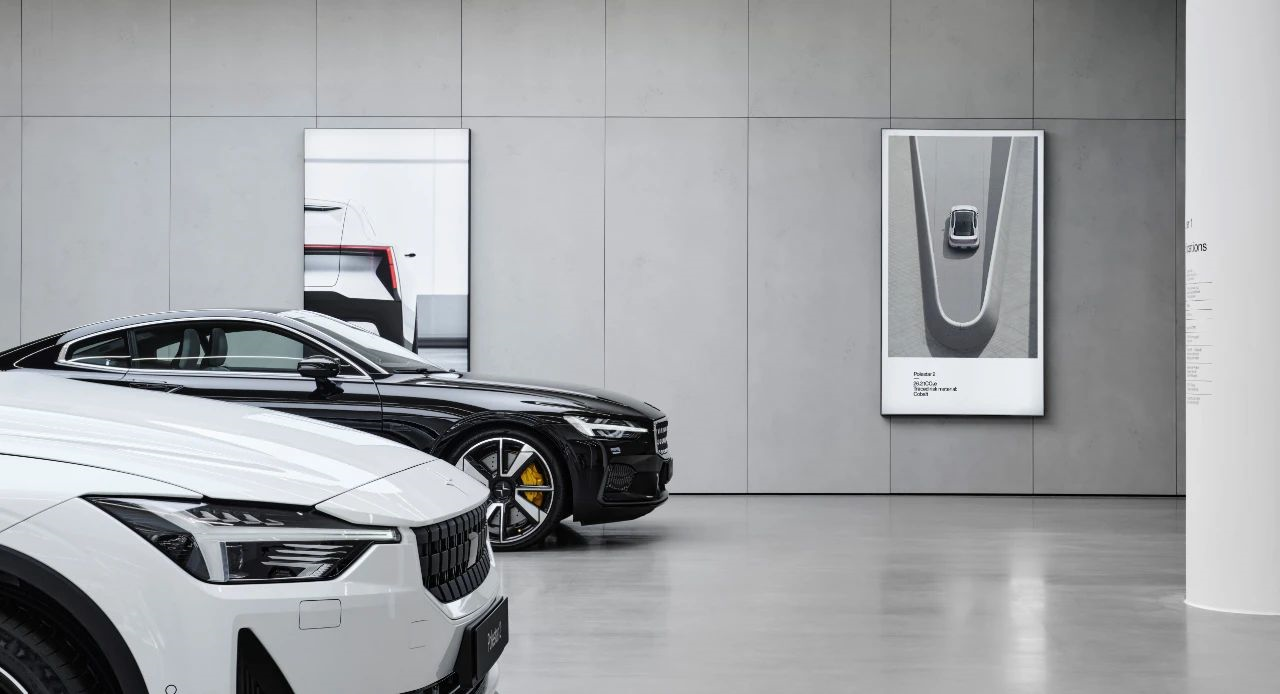
Nathan Forshaw: Earlier, you mentioned the design contest, and I’d like to share more about that. Currently, the Polestar Design Contest has reached its second edition, with the first edition’s theme being “Pure,” and the second edition’s theme being “Progressive.”
In fact, regardless of whether it is the first or second contest, we have no absolute requirements for works selection. First of all, the works are not limited to car design. As long as it can fully reflect the spirit and characteristics of Polestar, we are welcome to it.
In the first global design contest, the interpretation of the theme of “Pure” is that we wanted a spotless and extraordinary design. The works that were ultimately shortlisted and nominated for an honorary award included the design of a future yacht, etc.
By the second edition, we defined and understood “Progressive” as hoping to better promote the development of the whole society, which includes many elements, such as the pursuit of carbon neutrality, because we hope that all these design elements can fully reflect Polestar’s innovative and enterprising spirit.
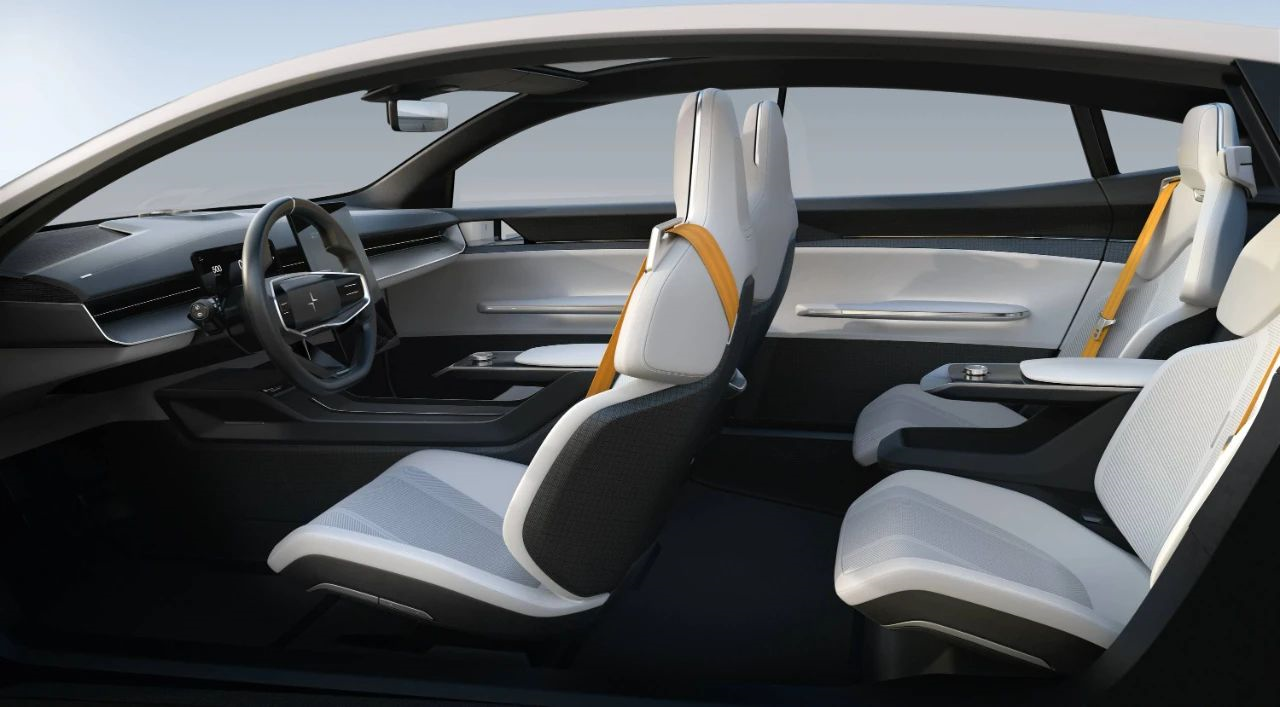
Actually, we have no fixed criteria for choosing partners. In fact, we hope to find partners with similar values and goals, such as the pursuit of sustainable development and understanding of design aesthetics.
Overall, we hope to break boundaries and explore more possibilities. For partners, we hope they are fresh and eye-catching. Our partnership, including supply chain partners, may emphasize sustainability because sustainability is deeply rooted in Polestar’s DNA.
In the future, whether there will be customized car models or body colors tailored to specific artists, I think it is possible when we cooperate with specific artists, we may customize car models or body colors according to their needs and preferences.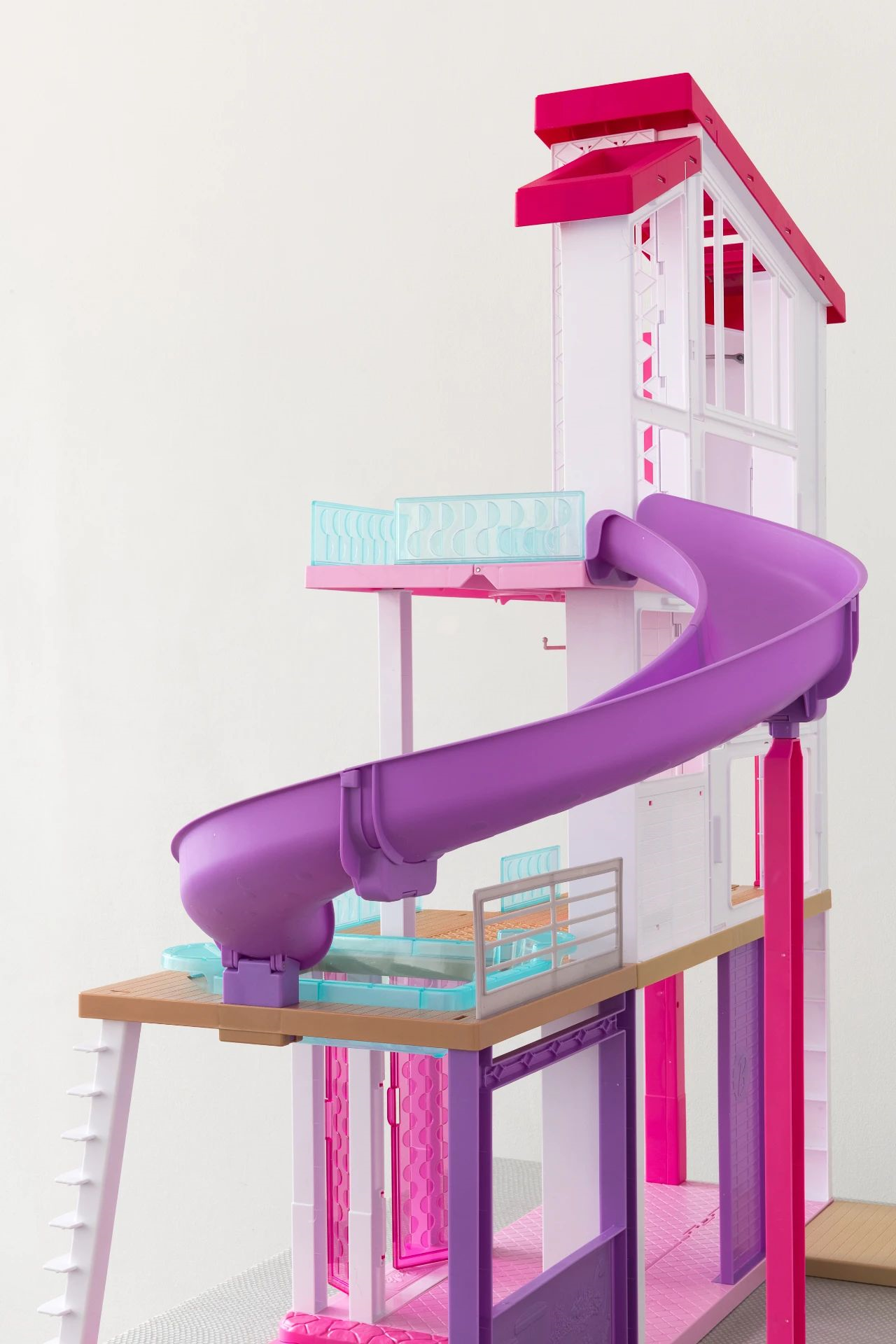
Media (Drive): What do you think is the relationship between human emotions and technology in industrial development? What form would your work of alien debris take if you were to create one?
Nathan Fowkes: Let me answer your second question first. After you asked the question, the first thing that came to my mind was the ocean. The ocean is our second home, and personally, I like diving and sailing. The ocean is a completely different ecological environment. In relation to the theme of today’s art exhibition, there are many substances that should not exist in the ocean, including plastics, trash, and some other combination of alien debris. They can combine to form a massive volume, like a small island.
My first thought was to design a work that could not only achieve aesthetic beauty, but also remove the garbage and debris from the ocean. The reason why I chose this theme is mainly due to my passion. We need to do something to achieve ocean cleanliness, and if I were an artist, that’s where I would start.
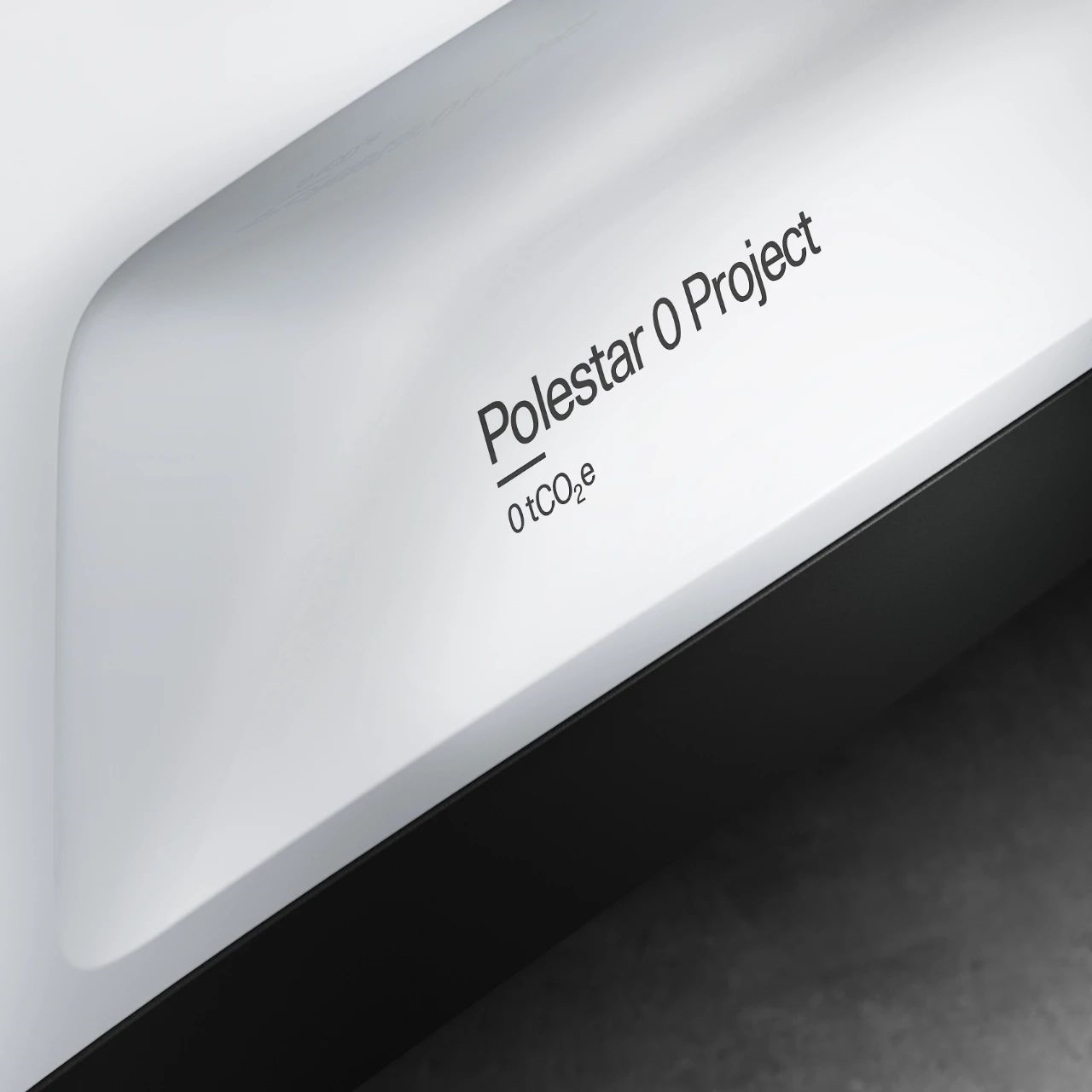
Your first question is also very good, and it naturally leads back to the topic of Polestar 0 that was mentioned earlier. To achieve carbon neutrality and decarbonization, I believe that everything starts with design. The starting point of design is the designer’s subjective choice, which also proves that human emotions have a crucial impact on all key steps. Because of a designer’s decision to use materials that might be harmful or sustainable and eco-friendly, it has an impact on sustainable development.
From an emotional perspective, the designer’s sense of responsibility can be reflected in their personal mindset and their consideration for the future of humanity. Because their actions directly affect the future, affecting future generations and often resulting in direct and irreversible effects.
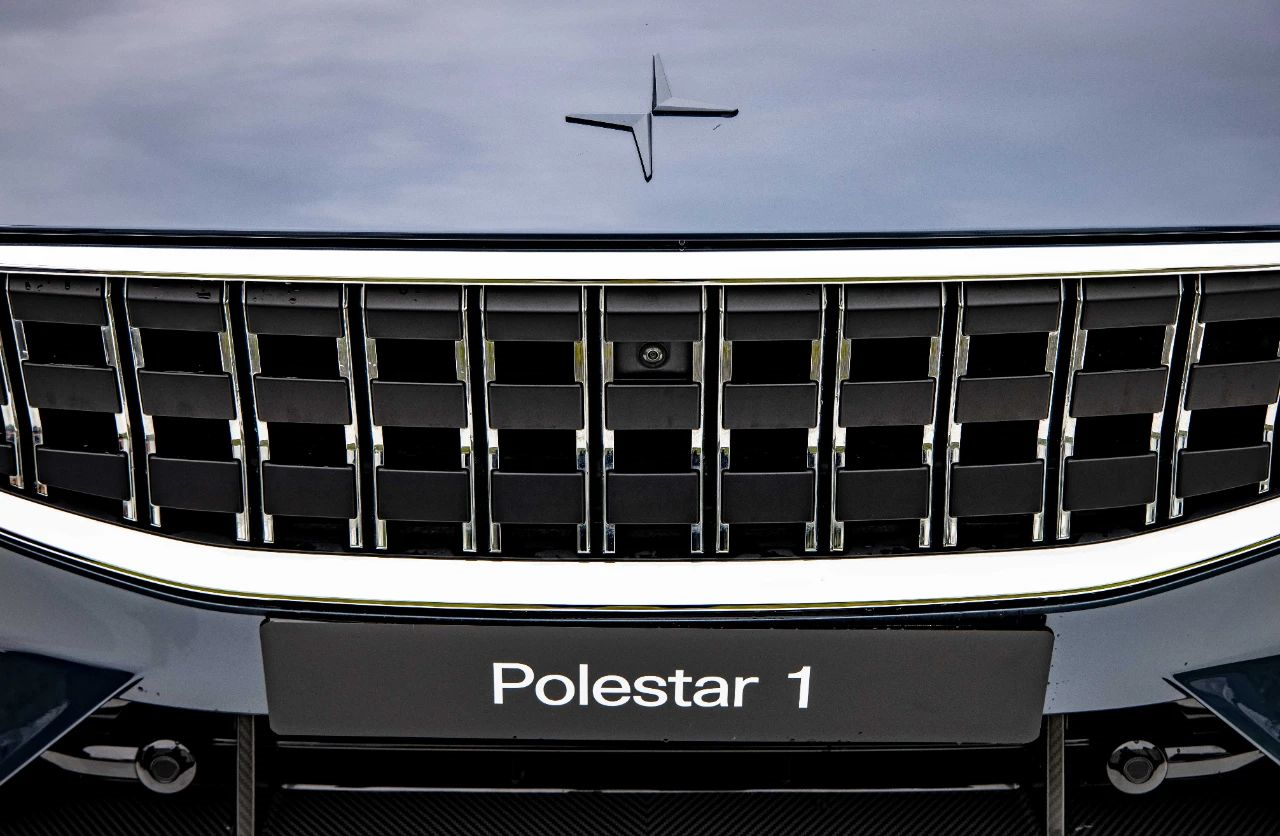
In the automotive manufacturing industry, the production process from design to final production of a car is a very lengthy process, lasting about 5 to 6 years. But it all starts from the design table, and it’s like raising a child. At every critical step and moment, we have to decide to do the right thing, so our human emotions directly influence our design and production, and even all aspects of the business realm.This is not just a choice for designers, but also for consumers, as what affects their purchasing decision is not only the product price, but also whether the materials used in the product are recyclable, renewable, and even the impact on the environment after a car is scrapped, whether its parts can be reused… Therefore, I think human emotional factors are very important, because these emotions will directly have an impact.
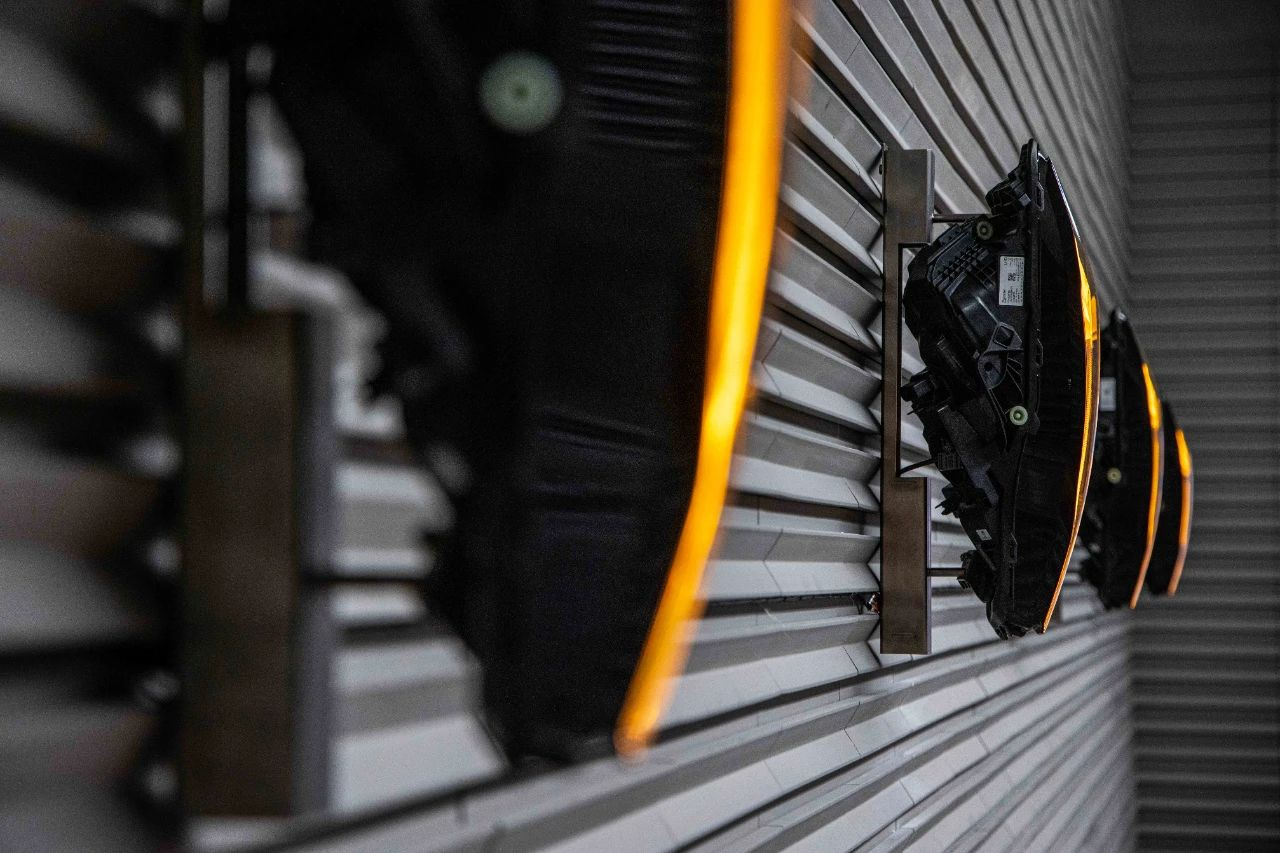
Media (Liáng Cāng): I study industrial design, and we have contact with many designers, architects, and people from various fields. I feel that many people are very “Polestar”. I think behind Polestar is a kind of ultimate pursuit of design, including the concept of sustainability. Do you have a plan for the future of Polestar, slowly evolving into a Polestar lifestyle, including some places, products, and even experiences, not just a car, but a Polestar lifestyle?
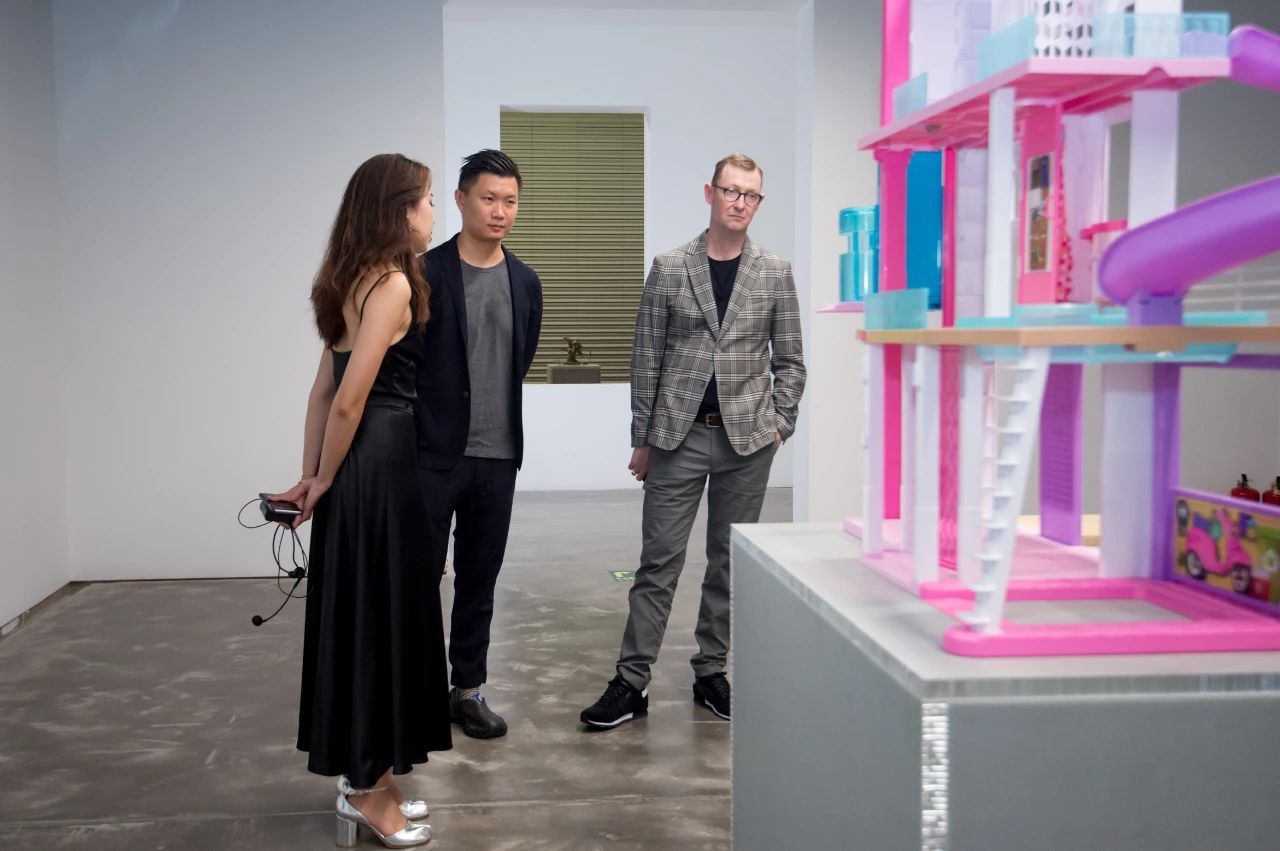
Nathan Fusheng: Actually, we are currently working on building a Polestar community, exactly to corroborate what you just said, a kind of Polestar lifestyle. We hope to gather a group of people who share the same values.
We need not only designers, architects, engineers, or software developers, but also anyone who has similar aspirations to join us. In other words, we do not require a professional background; we need the ability to appreciate and discern. Therefore, we want to establish such a community to fully enjoy this art, fashion, and design park.
This article is a translation by ChatGPT of a Chinese report from 42HOW. If you have any questions about it, please email bd@42how.com.
